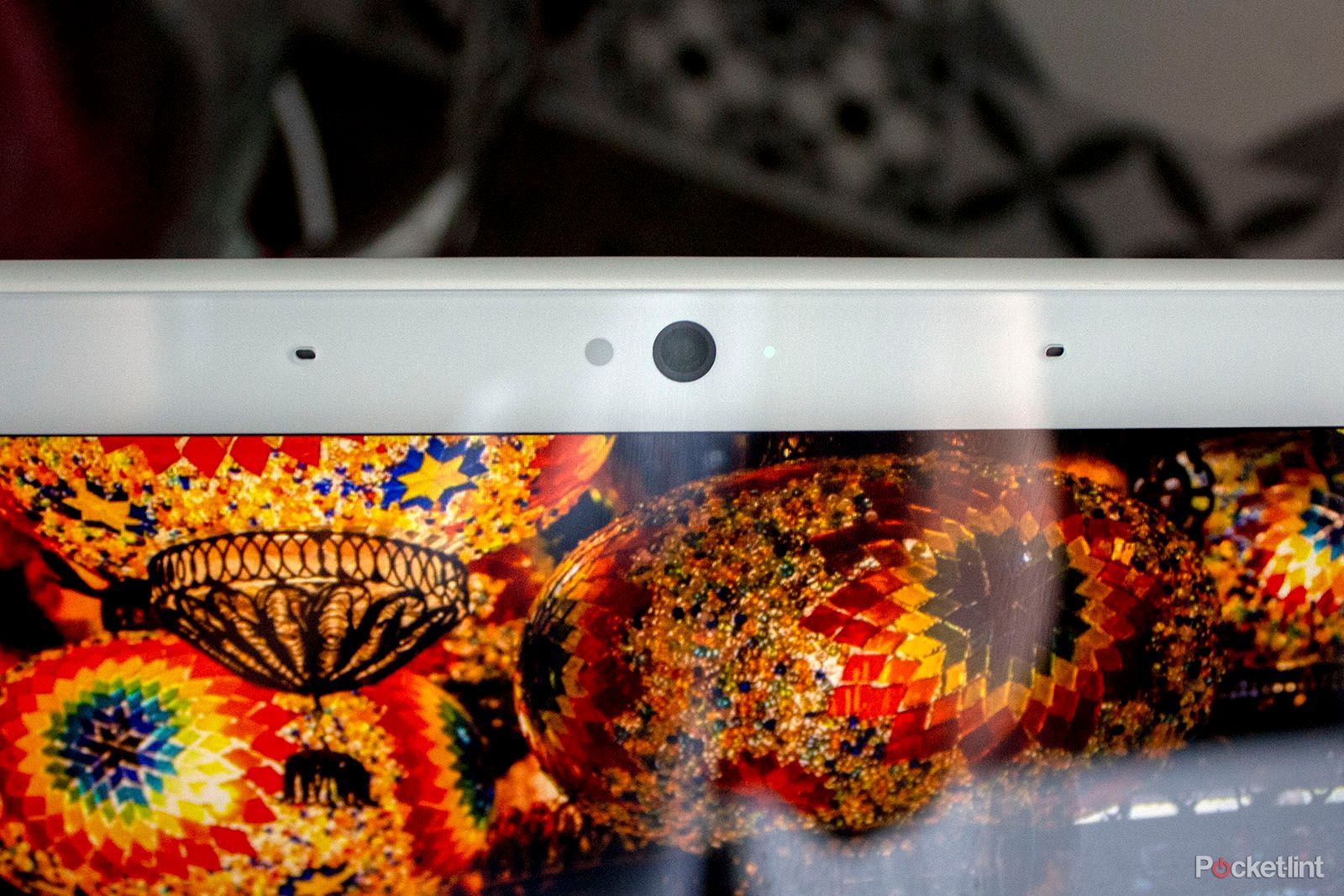Google has primed an expansion of its relatively new Nest Hub smart displays' workaround alternative to using a camera (which only the larger Nest Hub Max actually has) to know when to display richer notifications.
It announced a few weeks ago that the displays were being updated to allow for the new feature, which effectively sends out ultrasound pings into the room where they're located, detecting when the signal is deflected back to its microphones. If that sounds like the sonar you remember learning about as a kid, the type bats use, you're quite right - it is.
It uses this system to detect changes in the room around it, and if it detects a human in the room it can display notifications and information that might be useful, rather than remaining on standby.
This was a really neat get-out for the fact that the smaller Nest Hub didn't have a camera on-board to detect things like this. Now, though, Google has announced that it's got a little bit smarter still.
It's published a blog post explaining that the ultrasound system will now be used to also display reminders and appointments, as well as alerts. This means that it's widening out the functionality, making the Nest Hub displays even smarter.
The blog makes for interesting reading, too, going into some more detail on the features that Google built into the ultrasound functionality, like how the text on-screen changes size according to how close you are to the display, all automatically.
Of course, because the ultrasound sensing can't detect who is in front of it, just that someone is, you might prefer to leave it off. This can be switched in the settings menu of the Google Home app, while muting the Nest Hub device's microphones will also automatically kill this feature, as it depends on that hardware.
The new notification support will come live for users in the next week or so, according to Google.

